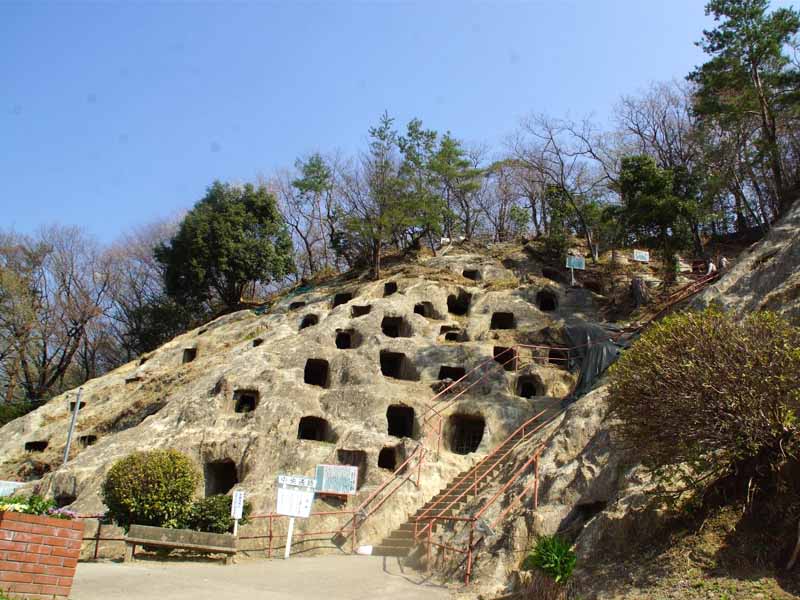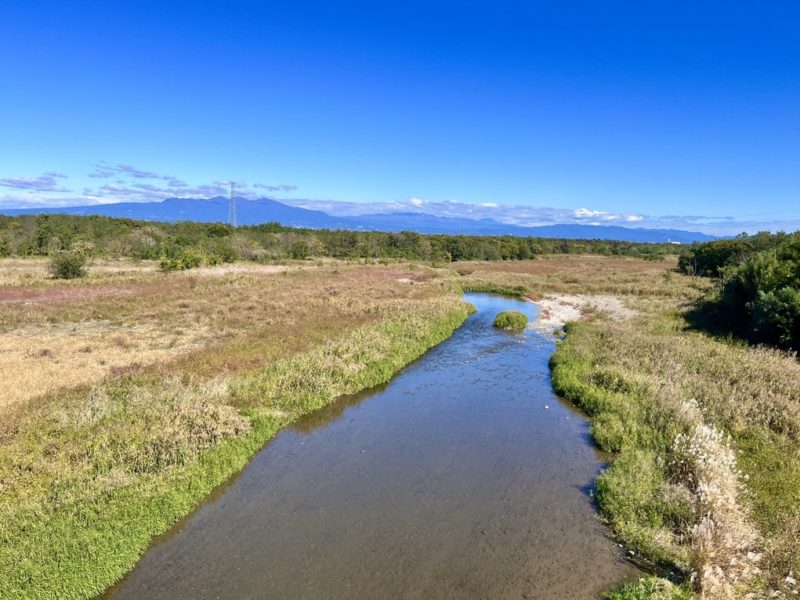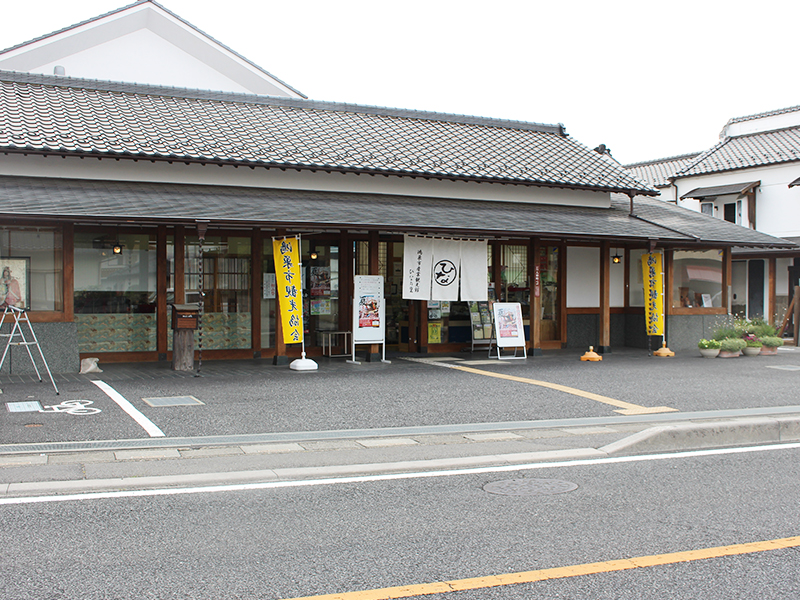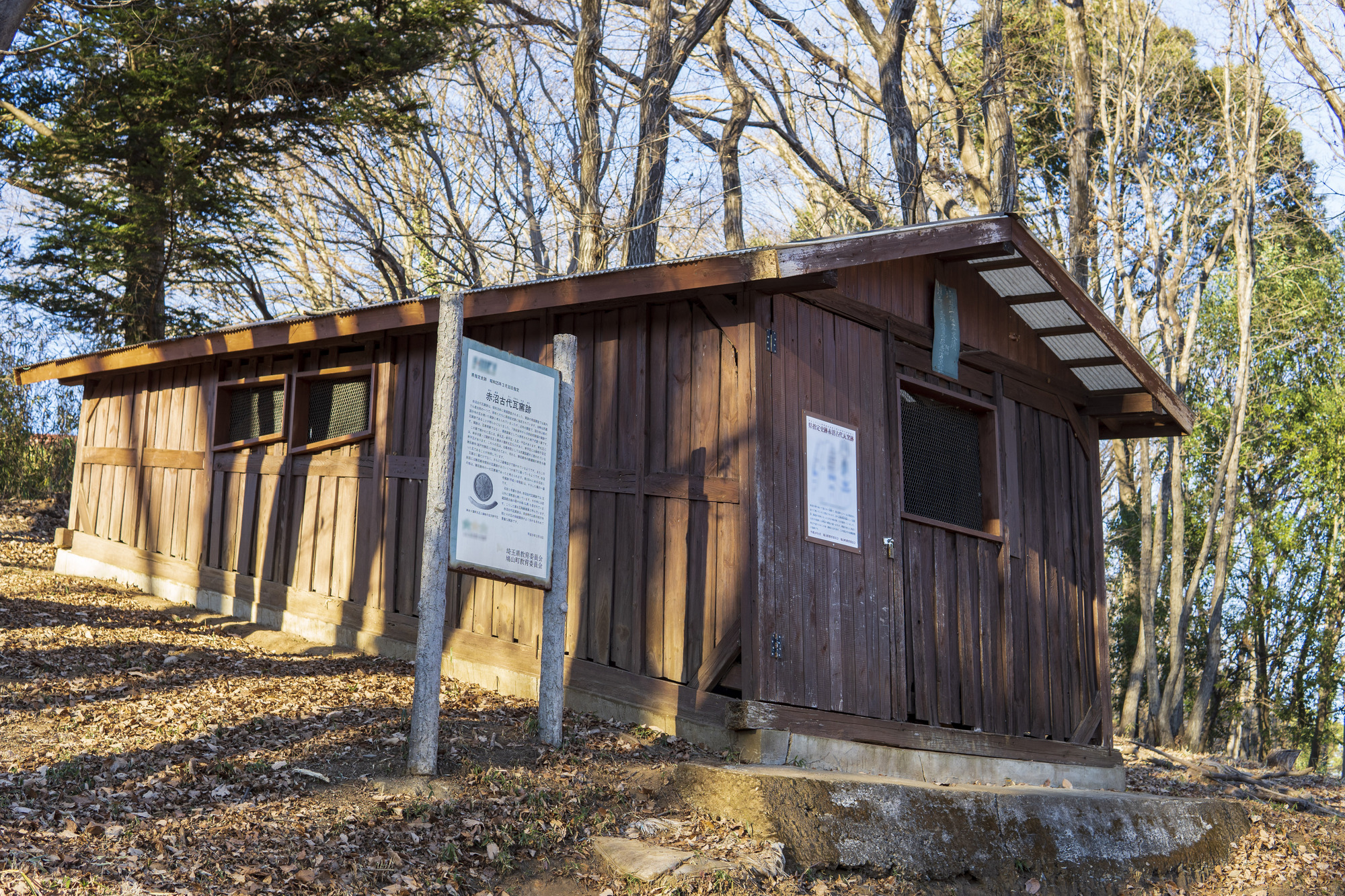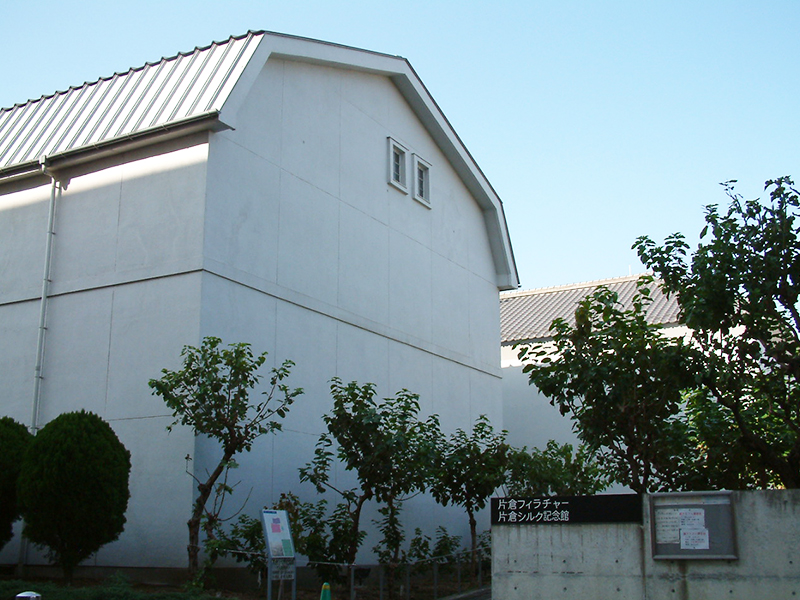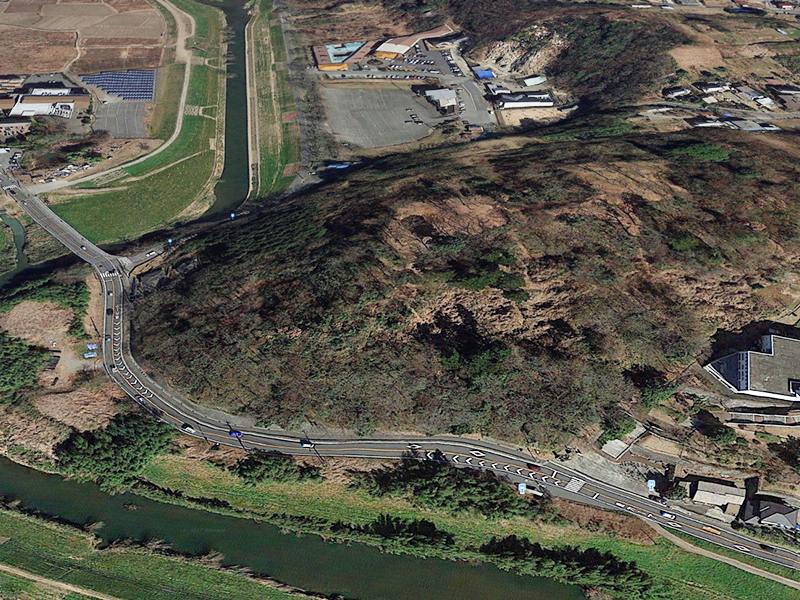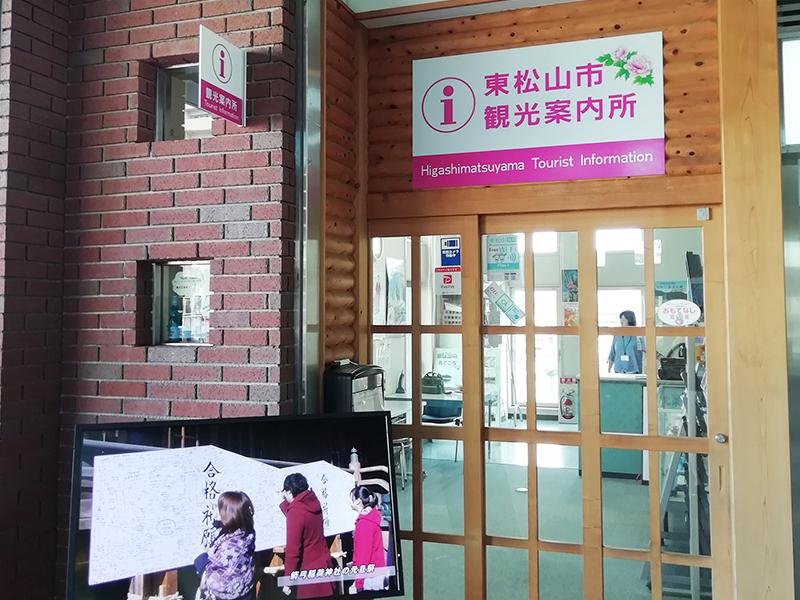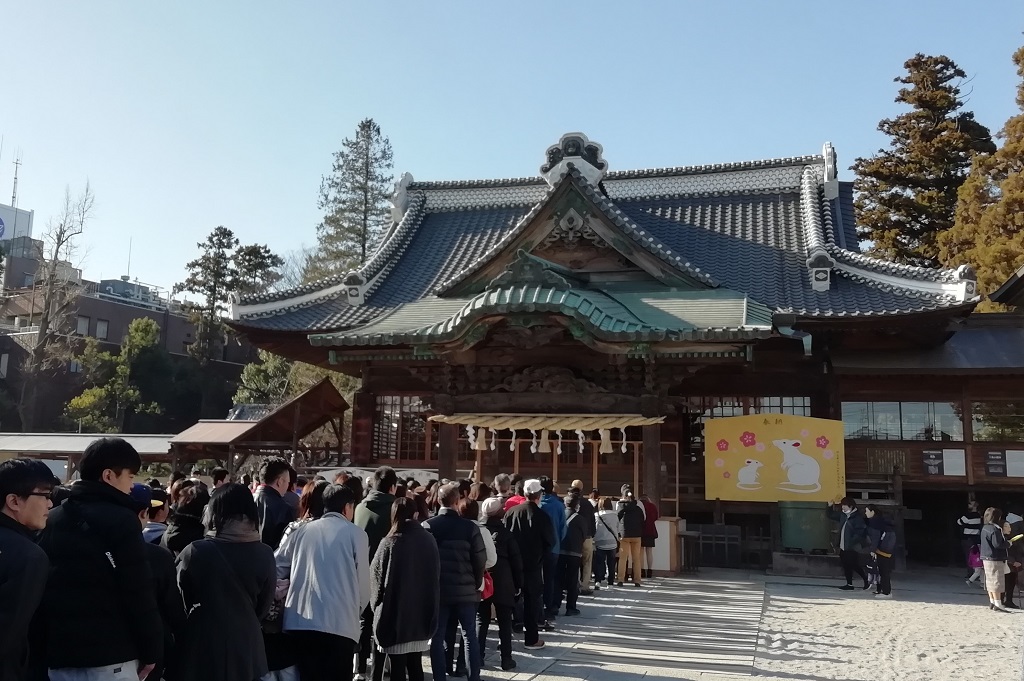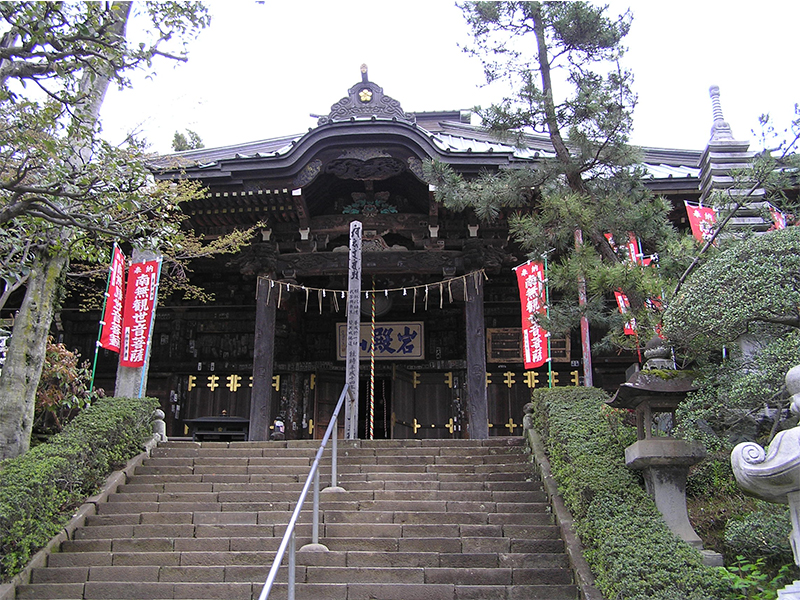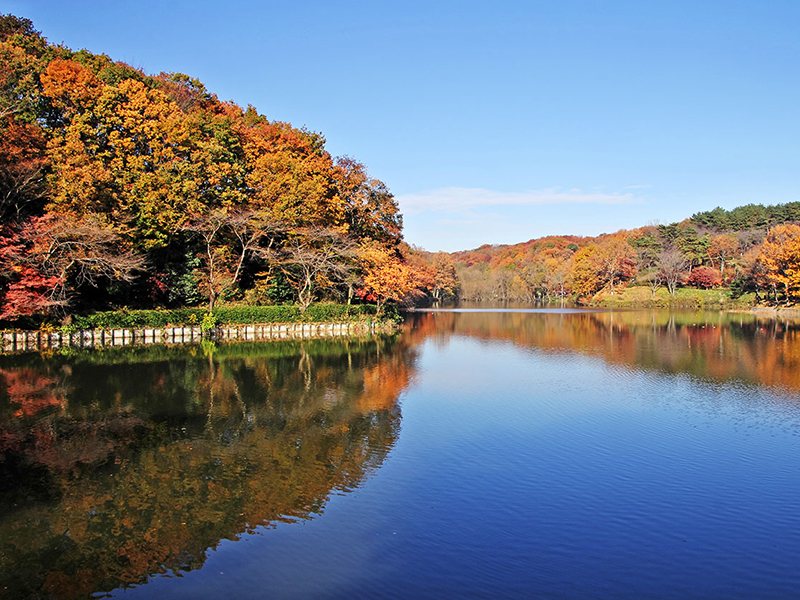Yoshimi Hundred Caves
sightseeing
The Yoshimi Hundred Caves are a mysterious group of horizontally carved rock tombs created at the end of the Kofun period (late 6th to 7th century), and designated a national historic site in 1918. There are 219 holes confirmed in total, and the tombs represent Yoshimi Town with their significance. Each hole is divided into a narrow passage and a burial chamber, and the protected species, luminous moss, also known as goblin gold, can be found growing in the tombs.
Basic Information
Location
324 Kitayoshimi, Yoshimi-cho, Hiki-gun, Saitama Prefecture
TEL
0493-54-4541
Business hours / Fee
Business hours
8: 30-17: 00 (admission is until 16:30)
Fee
Junior high school students and above: 300 yen, Elementary school students: 200 yen, Under elementary school age: Free
How to get there
Public transport
Get off at "Higashi Matsuyama Station" on the Tobu-Tojo Line → About 5 minutes on the Kawagoe Sightseeing Bus bound for "License Center" → Get off at "Hyakuana Iriguchi" and walk for about 5 minutes
Get off at "Konosu Station" on the JR Takasaki Line → Approximately 25 minutes on the Kawagoe Sightseeing Bus bound for "Higashi Matsuyama Station" → Approximately 5 minutes on foot from "Hyakketsu Iriguchi"
Get off at "Konosu Station" on the JR Takasaki Line → Approximately 25 minutes on the Kawagoe Sightseeing Bus bound for "Higashi Matsuyama Station" → Approximately 5 minutes on foot from "Hyakketsu Iriguchi"
Car
Kan-Etsu Expressway Higashimatsuyama I.C. About 5km from to Konosu
Ken-O Expressway Kawajima I.C. About 8km from Higashimatsuyama
About 10km from Konosu Tenjin 2-chome intersection toward Higashimatsuyama from Route 17
(Turn right at the Kumeda intersection)
Ken-O Expressway Kawajima I.C. About 8km from Higashimatsuyama
About 10km from Konosu Tenjin 2-chome intersection toward Higashimatsuyama from Route 17
(Turn right at the Kumeda intersection)
Parking
Approximately 240 units (large size possible) Free


